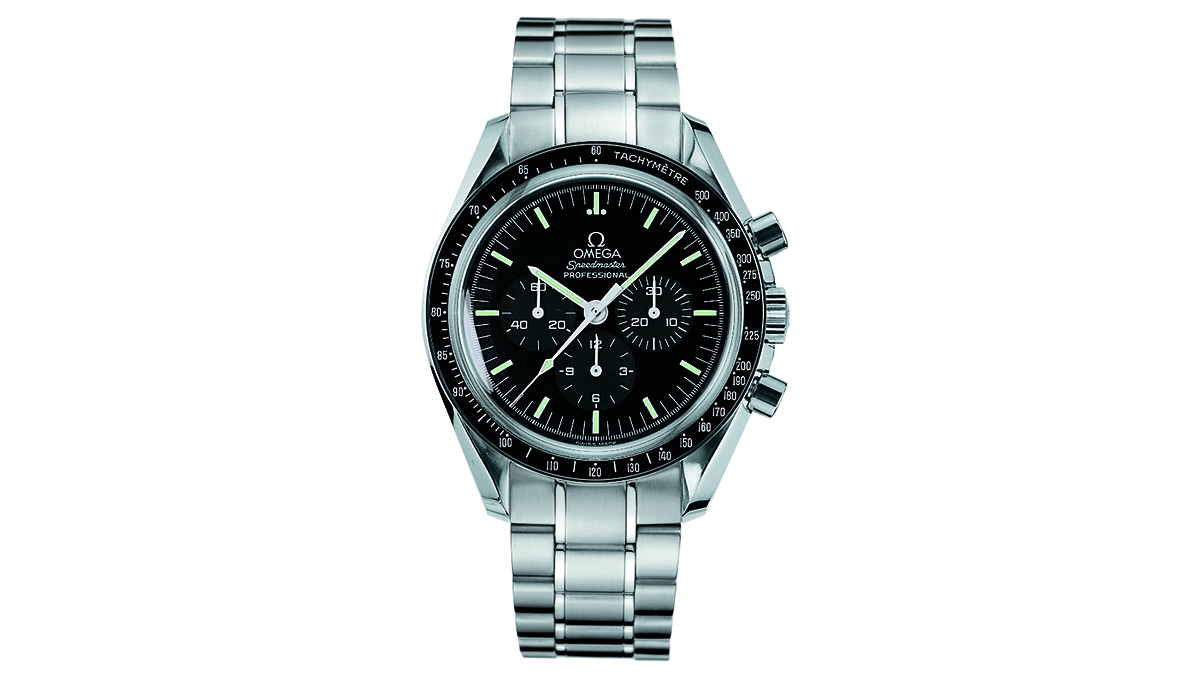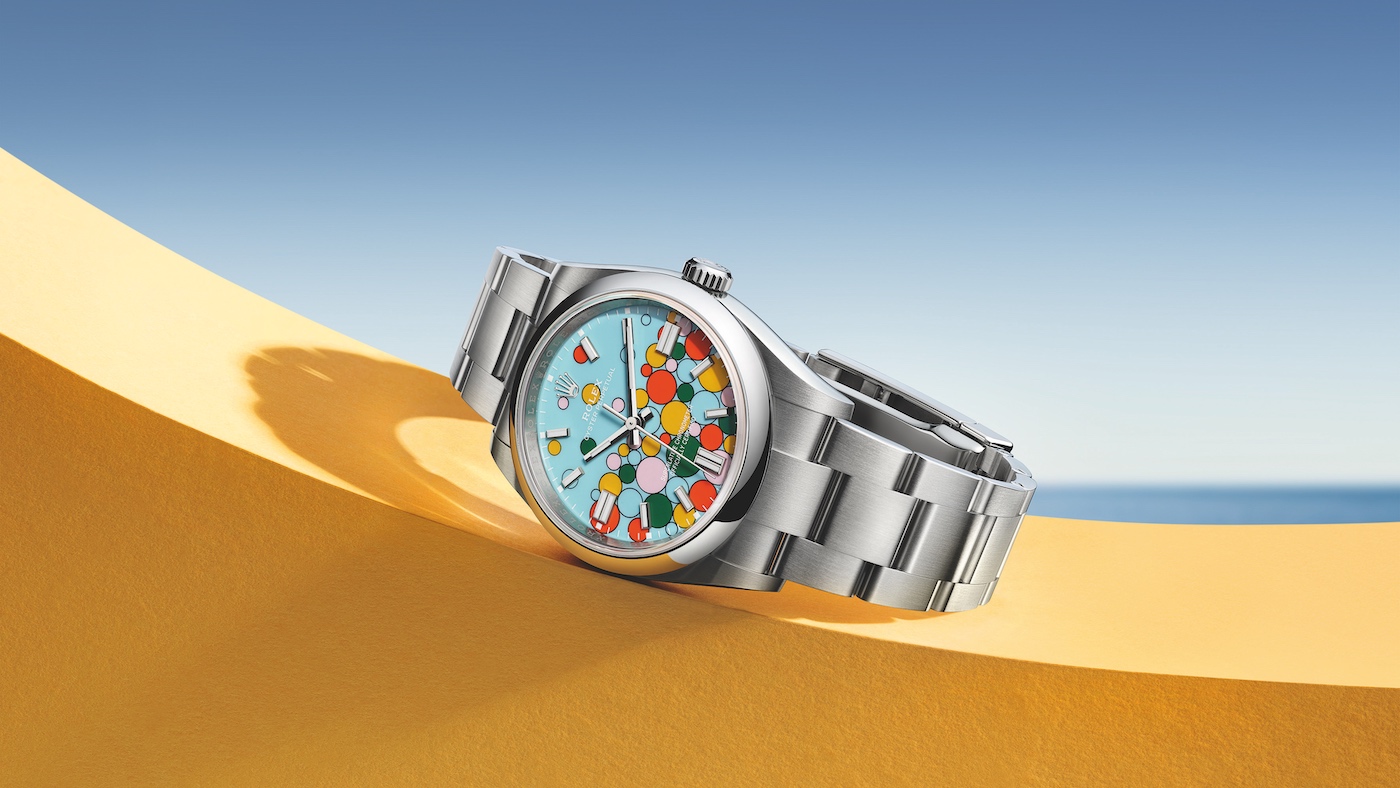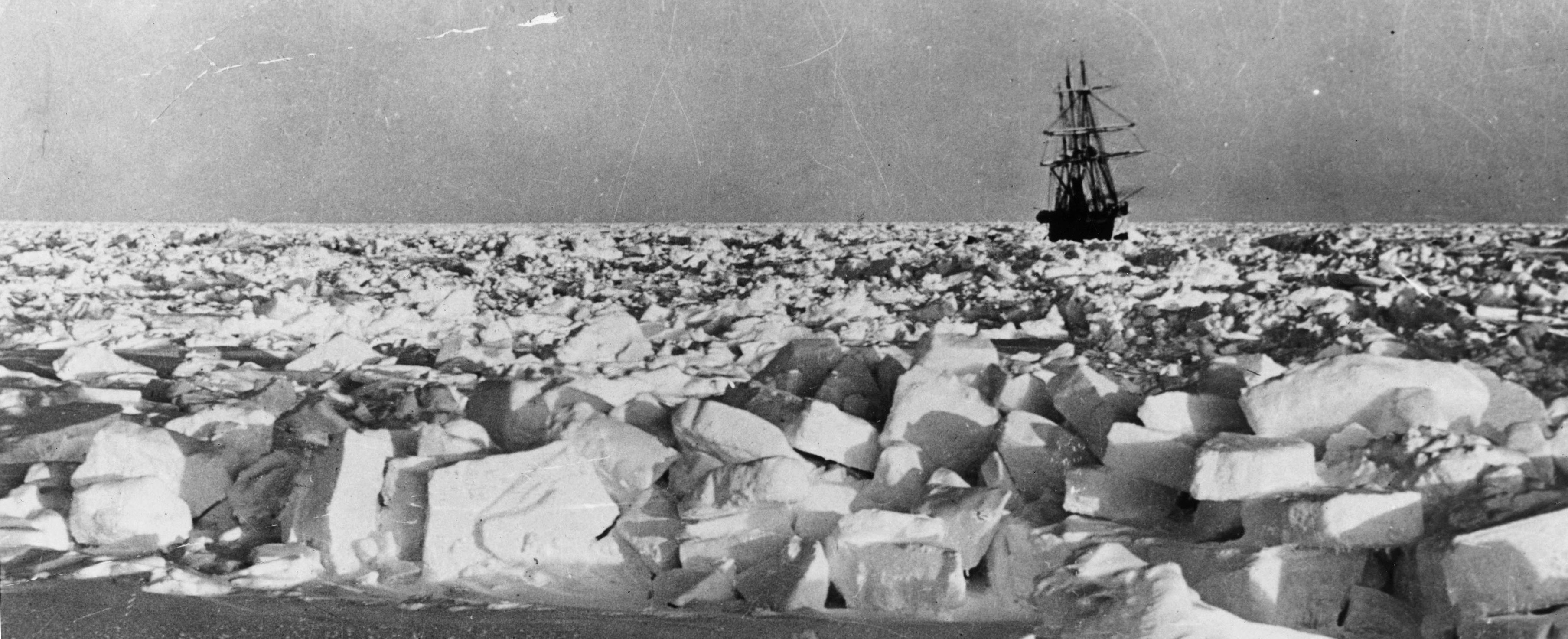To infinity and beyond: six ultimate adventure watches
Ian Thorley salutes six watches that have gone the distance, from river deep to mountain high, even to the moon and back

Omega: Speedmaster
A few years before astronauts Neil Armstrong and Buzz Aldrin set foot on the moon in 1969, two NASA officials went shopping in Houston for chronograph watches that could withstand the extremes of temperature in space. Only the Speedmaster passed the rigorous tests and was worn by Aldrin when he stepped onto the surface of the moon. A year later, on Apollo XIII, the Speedmaster excelled itself. After an explosion on the service module damaged the power supply, the crew had to shut down all power circuits and move into the lunar module. Commander James Lovell used his Speedmaster to time the firing of the rockets that ensured safe re-entry to the earth’s atmosphere for the spaceship. The Speedmaster earned the name Moonwatch and its inscription, ‘The first and only watch to be worn on the moon’ is that rarest of things: an advertising truth.
The Week
Escape your echo chamber. Get the facts behind the news, plus analysis from multiple perspectives.

Sign up for The Week's Free Newsletters
From our morning news briefing to a weekly Good News Newsletter, get the best of The Week delivered directly to your inbox.
From our morning news briefing to a weekly Good News Newsletter, get the best of The Week delivered directly to your inbox.

Bell & Ross: Hydromax
Man landed a watch on the moon, but taking one to the depths of the ocean appeared to be more of a challenge. The main problem for watchmakers is that the deeper you go, the more the pressure rises, adding additional strains to the watch. However, Bell & Ross developed a unique solution to this problem in their innovative Hydromax. The company used a patented oil inside the watch, and the Hydromax also features a rubber plate on the back of the watch that expands and retracts according to the depth and pressure levels. Tests proved the watch’s resistance at 1110 bar, which is equivalent to depths of 11,100m. This record-breaking watch can be taken down to the very depths of the seabed.

Officine Panerai: Luminor Arktos
A free daily email with the biggest news stories of the day – and the best features from TheWeek.com
In 1938, Italian instrument maker Officine Panerai delivered the first ever divers’ watch to the Italian Navy, designed for the exclusive use of underwater commandos. Panerai continues to make watches to exacting specifications, such as those of South African adventurer Mike Horn, who undertook a two-year, 12,500 mile non-motorised journey around the Arctic Circle in 2002. Officine Panerai designed a watch, the Luminor Arktos, especially for the expedition. The timepiece features the four points of the compass on a turning bezel that enabled Horn to locate North by the local time on his watch. It is also anti-magnetic, encased in soft iron, and able to withstand temperatures of -70°C. The watch also has a celebrated crown guard and is water resistant to 300m.

Patek Philippe: World Time
In 1937, before the days of the international jet set, when travel was usually by steam ship, Patek Philippe set out to create a watch that would allow the wearer to know the time in two or more locations. This stunning watch has stood the test of time with production by the company continuing for over 70 years. The cities of the world are displayed around the outer edge of the dial, and by pushing a button at the 10 o’clock position, the wearer can adjust the time to the city of arrival. This action spins the cities on the outer ring to the 12 o’clock position, and the hands on the dial then automatically reset to tell the time in the required destination. So with the World Time watch you know where you are, and when.

Breitling: Emergency
Part digital watch and part survival instrument, the Breitling Emergency’s main feature for pilots and explorers is the antenna housed at the base of the watch. If pulled, it emits the international distress frequency. Quentin Smith and Steve Brooks were to find out exactly how useful it would be when their helicopter crash-landed 100 miles from Antarctica. Stranded in a life raft, they faced 35ft-high waves, poor visibility and freezing waters. After several hours, an aircraft flew over and would have missed them but for the distress signal. Smith later said that he felt strangely reassured that as long as the Emergency was emitting its beep-beeps, there was a chance they’d be rescued. Breitling released an updated version – the Emergency II – in 2014, operating on dual frequencies: the original 121.5 MHz homing and rescue frequency, and the 406 MHz frequency intended for satellites.

Rolex: Explorer
When Edmund Hillary and Sherpa Tenzing Norgay conquered Mount Everest in 1953, they took the latest Rolex Oyster models to a new high – 8,848m to be precise. Rolex was inspired by this unique achievement to develop a commemorative Oyster model, the Explorer, and this began a tradition at Rolex of supporting exploration and the discovery of the unknown. Flying the high-altitude flag today is one of Rolex’s ambassadors, American mountaineer Ed Viesturs, who has climbed 14 of the world’s highest peaks, all over 8,000m, without using supplementary oxygen. Viesturs always starts his descent no later than 2pm because, as he says in his book, ‘getting up is optional, getting down is mandatory’.
Ian Thorley says when he was 18 he travelled to India on his own, taking along his Timex quartz-powered watch. He discovered if he turned his watch upside down, the hands indicated the time in the UK, so he could put in that reassuring call to his parents at an hour that wasn’t ungodly.
-
 How climate change is affecting Christmas
How climate change is affecting ChristmasThe Explainer There may be a slim chance of future white Christmases
-
 The MAGA civil war takes center stage at the Turning Point USA conference
The MAGA civil war takes center stage at the Turning Point USA conferenceIN THE SPOTLIGHT ‘Americafest 2025’ was a who’s who of right-wing heavyweights eager to settle scores and lay claim to the future of MAGA
-
 The 8 best drama movies of 2025
The 8 best drama movies of 2025the week recommends Nuclear war, dictatorship and the summer of 2020 highlight the most important and memorable films of 2025
-
 Five trailblazing watch releases
Five trailblazing watch releasesThe Week Recommends Luxury brands embraced dynamic and playful designs full of technical innovation at Watches and Wonders 2025
-
 How community-based tourism can reshape travel for the better
How community-based tourism can reshape travel for the betterIN And five tips for finding a responsible community travel company
-
 ‘Bubbles and Puzzles’: Rolex unveils two colourful additions
‘Bubbles and Puzzles’: Rolex unveils two colourful additionsfeature There’s more to these new Oyster Perpetual models than meets the eye
-
 UK adventure breaks: challenge yourself on an active staycation
UK adventure breaks: challenge yourself on an active staycationThe Week Recommends From the South Downs to the West Highland Way, Britain is one big adventure playground
-
 Hiking the South West Coast Path: a Covid micro adventure
Hiking the South West Coast Path: a Covid micro adventureThe Week Recommends The Plymouth-to-Falmouth trail is perfect for blowing away lockdown cobwebs
-
 An adventurer’s guide to social isolation
An adventurer’s guide to social isolationIn Depth The Week’s resident expedition leader, Henry Haselock, on what we can learn from the heroics of the past
-
 Weekend adventurers: seven days out in the great outdoors
Weekend adventurers: seven days out in the great outdoorsThe Week Recommends
-
 Climbing Mount Stanley, the Mountain of the Moon
Climbing Mount Stanley, the Mountain of the MoonThe Week Recommends Kilimanjaro may be taller, but Uganda’s highest peak is a more challenging climb